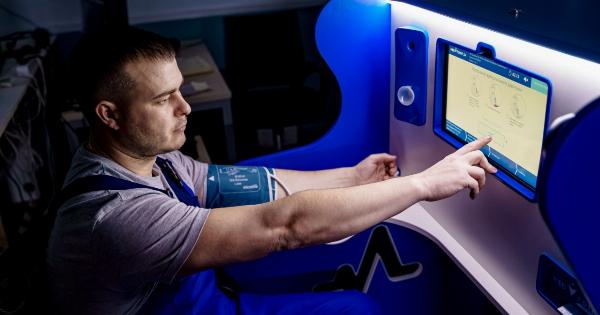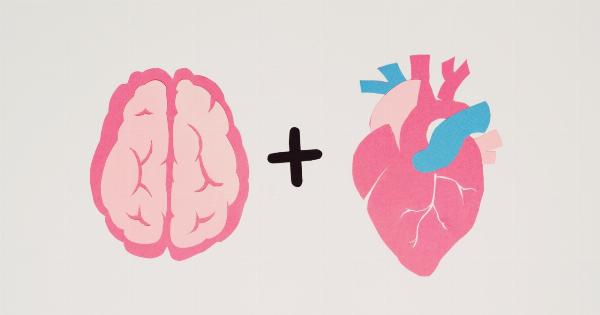Facial structure has a significant impact on our day-to-day interactions with others.
From the way we are perceived by strangers to the comfort level of our personal relationships, our facial features play a crucial role in how others interact and communicate with us. Here are some of the ways our facial structure affects our daily interactions:.
Facial expressions
Facial expressions are an essential component of nonverbal communication, and our facial structure plays an important role in how we express emotions and how others interpret them.
For example, people with a more rounded face tend to appear more approachable, friendly, and trustworthy. Meanwhile, those with a more angular face tend to be perceived as more dominant, assertive, and aggressive.
The size and shape of our eyes, eyebrows, mouth, and nose also contribute to our ability to express emotions such as happiness, sadness, anger, and surprise.
First impressions
Our facial structure often forms the basis for first impressions. When we meet new people, we tend to form quick judgments based on their physical appearance, including their facial features.
Research has found that people with symmetrical faces are generally perceived as more attractive, which can create a more positive initial impression. Additionally, those with high cheekbones or prominent jaws are often seen as more confident and influential.
On the other hand, people with facial asymmetry or irregularities often face negative judgments from others, such as being perceived as unhealthy or untrustworthy.
Communication
Facial structure also plays a critical role in communication. For example, our facial expressions, eye contact, and mouth movements can convey subtle messages that go beyond the words we say.
Additionally, people with larger eyes tend to be perceived as more expressive, while those with broader foreheads and chins are seen as more intelligent and knowledgeable. These facial features can influence how others perceive our communication style, which can impact the effectiveness of our interactions and relationships.
Social relationships
Our facial structure can also affect the quality of our social relationships. People who are perceived as more attractive or likable based on their facial features tend to have an easier time building and maintaining relationships.
Additionally, people with more symmetrical faces tend to have more stable and long-lasting relationships. On the other hand, people with facial abnormalities or irregularities may have a harder time forming and maintaining relationships, as they may face social stigmatization or discrimination.
Self-esteem and confidence
Our facial structure can also impact our self-esteem and confidence levels.
People who are perceived as more attractive or dominant based on their facial features may feel more confident, leading to better mental health and more positive self-perception. On the other hand, people with facial abnormalities or asymmetry may struggle with self-esteem issues and social anxiety, which can impact their daily interactions and quality of life.
Cultural differences
Cultural differences can also play a role in how facial structure affects our daily interactions. For example, different cultures may place varying degrees of importance on certain facial features, such as nose shape or eye size.
Additionally, cultural beauty standards may influence how people perceive facial symmetry and facial abnormalities. Understanding these cultural differences can help us navigate cross-cultural interactions more effectively.
Conclusion
Facial structure plays a significant role in our daily interactions with others. From the way we express emotions to the way we form relationships, our facial features communicate more than just our physical appearance.
Understanding the impact of our facial structure can help us become more self-aware and effective communicators, enabling us to build stronger and more positive personal and professional relationships.































